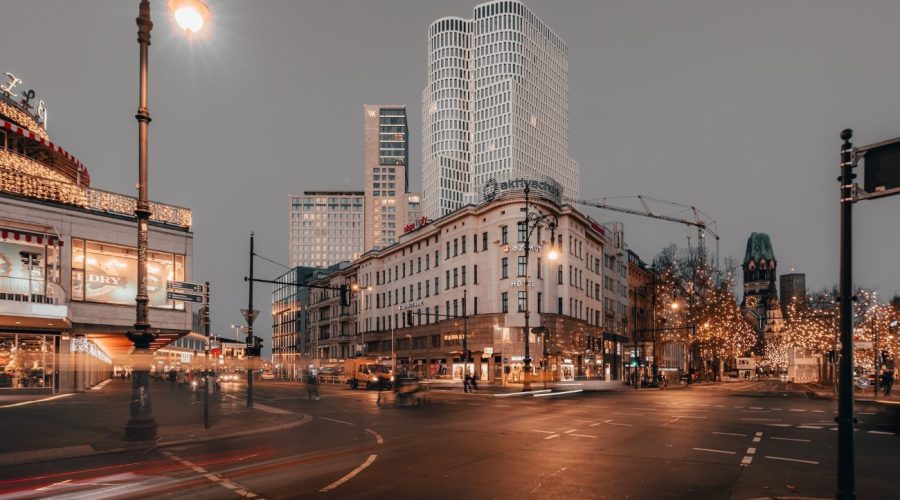The History of London Underground | A Beginner’s Guide
Greetings fellow travelers, The following is the entry level and introduction to the rich history of London’s Underground. London Underground or Tube as it is more commonly called, is among the oldest and most popular metro systems in the entire world and the users can actually feel the history through the rides. That is why in this article, we are going to discuss the history of this interesting transport creation and its development.
A Brief Overview
Tube rail was inaugurated in 1963 and thus considered as the first metro rail ever to be established in the world. It has grown and developed to be a large network of lines covering many areas of London, accustomed to moving millions of people daily.
The Birth of the Underground
The concept for the development of an underground railway emerged as the London street traffic became a problem in the middle of the 19th century. Following strategic development and with the use of steam operated trains, the Metropolitan Railway launched it initial line that connected with Paddington and Farringdon Street.
Fortunately, enthusiasm of people towards this new species of transport was favorable and during the first day of run of these new trains, over thirty thousand passengers boarded the trains.
Expansion and Innovations
The success of the Underground brought forth increased demand for the extension of the Underground. Afterwards, more lines were added, new technologies were implemented and the system persisted on developing.
New in the 1890, monumental electric trains were introduced in the City & South London Railway.
The now iconic roundel emblem of the Underground had been unveiled back in 1908.
The first one was the Victoria Line which created a new line of the tube for the first time in over 50 years of development in 1968.
The following examples are just some of the nuances and achievements that the Underground has experienced over his centuries of existence.
The Tube During World War II
The social role of the London Underground through the integration of an historic backdrop of the World War II portrays how the Transport system safeguarding Londoners through air raids. One invaluable use of the Underground was that it became a shelter for the citizens fleeing from the bombings.
Amazingly, there were even reports that some of them became secret government stations and Command posts unknown to the general public located beneath the streets of London.
Modern Developments
The construction and expansion of the London Underground has persisted in the past years to fit the city needs. Therefore in the recent past, several modern advancements have been observed:
New Lines and Extensions
The Crossrail, which is currently in construction and is still in the process of expansion is the Elizabeth Line. This new addition to the Underground will join together many regions of London and the neighbouring areas to provide easier and quicker transportation means.
Also, new lines and branches of the existing ones are under construction or being planned with the vision to bring about better mobility and connectivity to the society making it more convenient.
Technological Advancements
By introduction of modern advances, the London Underground has been!.. All these measures such as contactless payment systems, and real-time train updates, Wi-Fi connectivity among others have enhanced the experience of the passengers.
For the same reason ordering of new rolling stock for the underground with larger capacity and energy efficient helps in providing a more sustainable and comfortable trip to the millions of passengers who use the underground frequently.
Conclusion
It remains amazing to be able to say that the London Underground has always ranked among the greatest means of transportation in the history. Starting with Victorian times until today, the Underground contributes much to the development of London and is still considered one of the city’s strongest assets.
Hopefully, this would have helped you get a preliminary knowledge on the history and the importance of the London Underground. Thus, next time, you sit and travel on the red or any other colored car in the Tube, do remember to wink at the historical background and engineering brilliance that went behind the creation of this fantastic form of transport.
Table of Contents



